| Sara Dee | Kristina |
| Paul Engers | Dr Rank |
| Christopher Garwood | Krogstad (one performance) |
| Sarah Head | Nora |
| Tom Peters | Helmer |
| Matthew Rutherford | Krogstad |
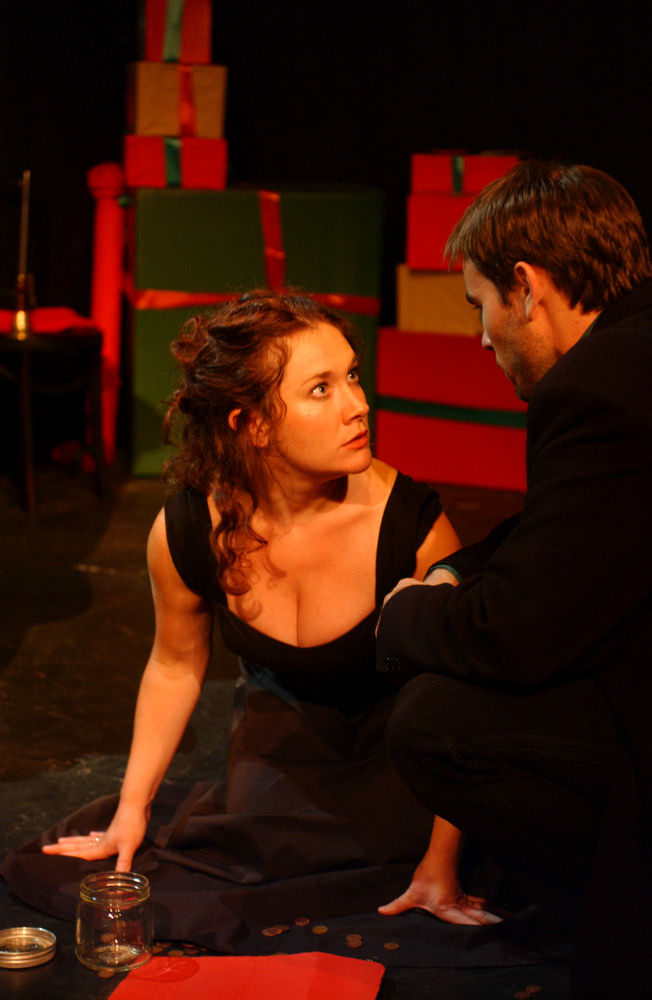
© Image courtesy of StagePhoto
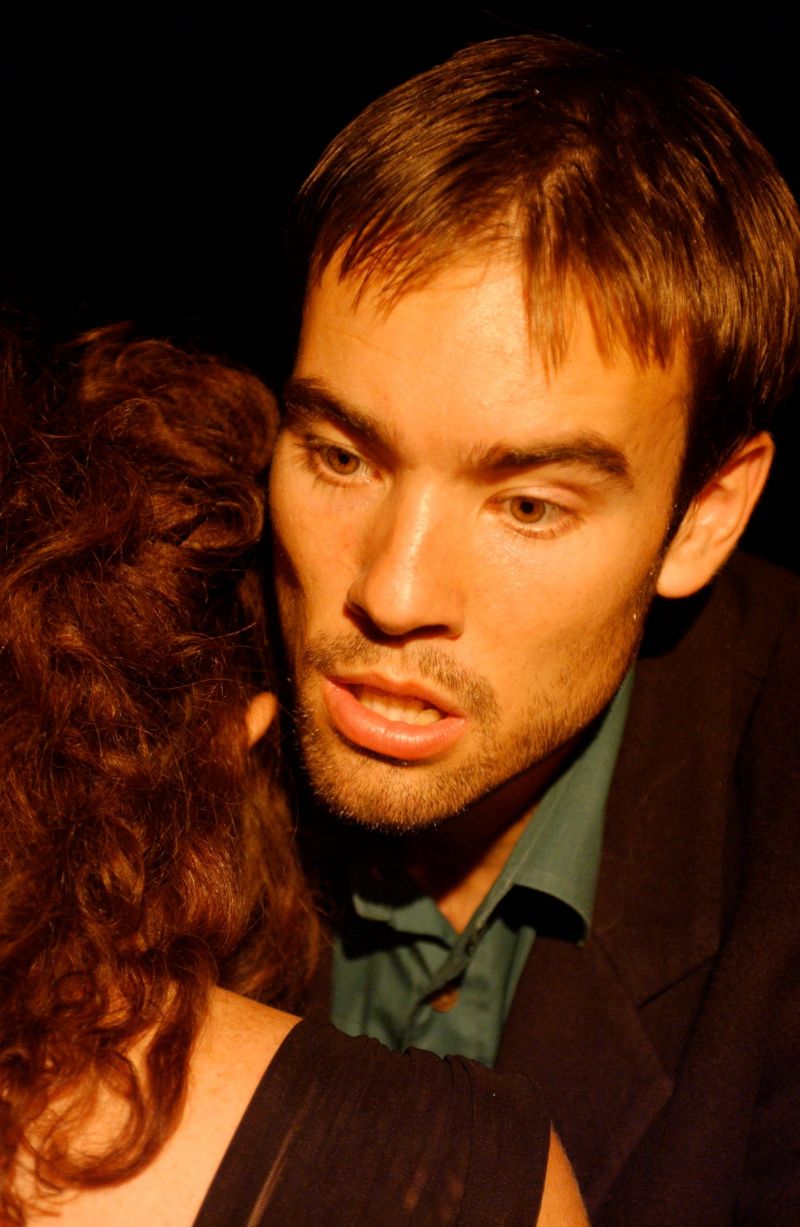
© Image courtesy of StagePhoto
“A non-realist approach to a great naturalist drama that shows understanding and perceptive detail. With British theatre offering a whole suburb of Doll’s Houses in a generation, the play’s familiar enough to benefit from a non-realist approach like Terje Tveit’s for Dale Teater Kompani [Ibsen Stage Company]. Set in an abstraction of a boxed, beribboned presents, its Christmas tree a green ladder folded in red sash, the production focuses on Nora’s mind. The visual focus, too, is often on Nora, isolated in a pool of light, voices filling her mind with Torvald’s images of her as ‘squirrel’, ‘spendthrift’ - or ‘sshing’ her. If Nora’s sense of self is externally conditioned, disassociation runs through the play. [...] Characters rarely relate realistically. [...] As Torvald sits complacently in his chair, Nora’s elsewhere on the stage. His eyes, focused on bank business, never see her distracted, anxious expression; he never catches the worried questioning in her voice. Sex and money fuse; we’re used to libidinous Torvald undressing his wife after the party upstairs. Here, he’s at her from the start. To show money doesn’t slip through her hands as her husband alleges, Nora slips it down here cleavage. Her sweet childlike voice knows how to wheedle and manipulate. There are plenty of long kisses, though until her new sense of herself, Nora never initiates them. [...] The production is massively inventive and thoughtful. And it scores at the most vital moment. The difficulty’s always to make Nora convincing as the contented songbird of the first act and as the person who comes through her dilemma with new awareness. Some Noras give the impression they’ve been waiting for an excuse to slam the door. Others seem as if they’ve somehow crammed a consciousness-raising course into half an hour. Sarah Head superbly plays Nora, standing as if on exhibition on a boxed Christmas present, arms out supplicating, makes the transition natural as, head to the audience, her face loses faith in her husband, her arms slowly lowering. The new, mature voice in which she speaks of her duty to herself emerges naturally from this. There’s a sharp dramatic irony as Torvald doesn’t catch on, still talking of his forgiveness after it’s clear this no longer matters to her. It’s not easy; the woman whose happiness faded to desolation as she asked why her father had to die is greatly provoked to the point where she pins her husband to a wall, lecturing him. All her props have gone, she relies on herself. It’s a logical end to a richly detailed production.”
“This is as simple and assured production of A Doll’s House as you could hope to see, and very nearly as affecting as it must have been a century ago, before society loosened its moral belt and people still spoke earnestly of ‘honour’. Terje Tveit’s production owes much to Bergman - the latter’s version similarly trimmed the play of secondary characters to focus wholly on Nora’s desperate grasping after her own individuality. The stifling and synthetic quality of Nora and Helmer’s marriage extends to Tveit’s effective design: a bold colour-scheme of garish reds and greens is adhered slavishly, from the costumes to the piles of massive Christmas boxes that choke the stage. Characters, when not involved in a scene, sit doll-like and with stubborn presence on chairs around the stage’s back wall. Their spectral lingering in the marital home makes Nora climactic slamming of the door behind her all the more cathartic. Another of Tveit's successful twists is to punctuate scenes with surreal interludes of Christmas carols, sung a cappella and increasingly stripped of joy as the play progresses. Better still is Nora’s frenzied tarantella, here moved to the opening of the second half. The cast beat drums and tambourines to a haunting melody, as Nora spins under dimmed lights, which never again recover their former brightness. Tom Peters’ blithely cheerful Helmer is the perfect foil to Sarah Head’s impetuous Nora. The strange pseudo-Electra complex between them is genuinely unnerving in scenes where a childlike Nora begs for favours with her chin on the arm of her husband’s chair. Yet all the time her own uncertainty at how happy she is being his ‘skylark’ and ‘little squirrel’ is palpable. The remaining cast serves the two leads well. This is a production that continues to resonate long after the noise of the slammed door has faded.”
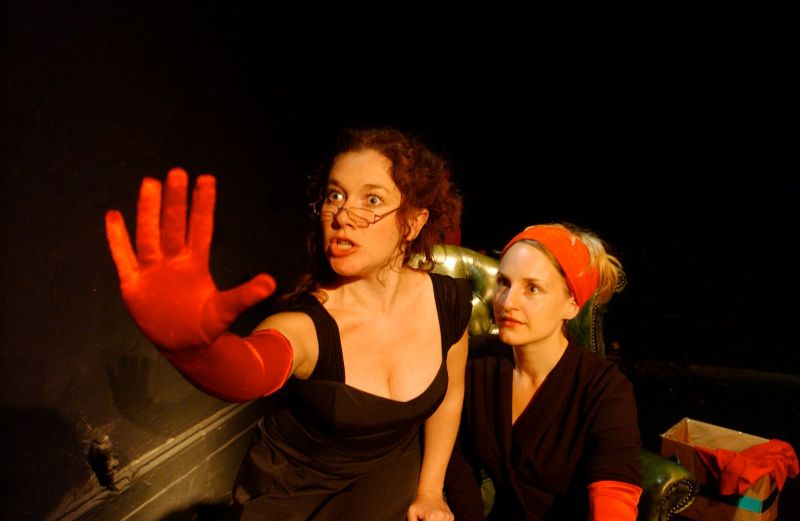
© Image courtesy of StagePhoto
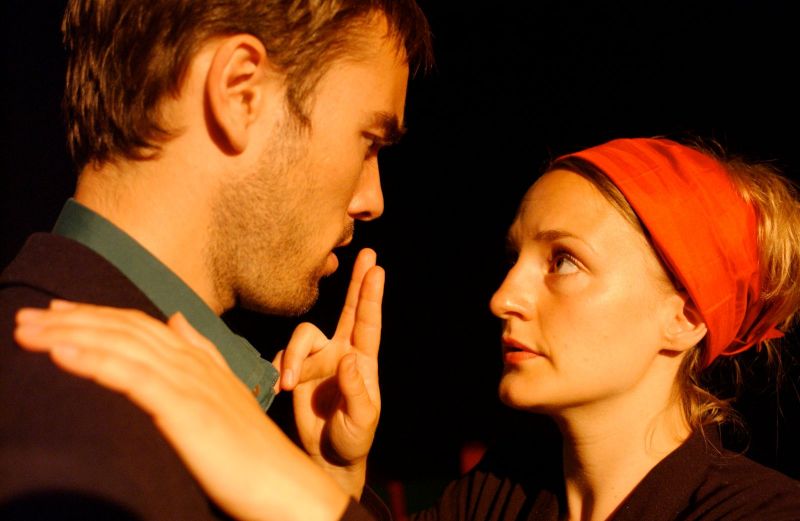
© Image courtesy of StagePhoto
“An original, even-handed rendition of this 1879 masterpiece. [...] As in last years’s version of ‘Little Eyolf’, Tveit keeps the cast onstage throughout. This ups the sense of claustrophobia as Nora, played with a bubbliness that verges on hysteria by Sarah Head, battles to stop her life from unraveling one Christmas. She faces up to Matthew Rutherford’s admirably underplayed moneylender; she flirts with her husband Torvald, played with engaging sympathy by Tom Peters. No mere patronizing patriarch, this Torvald is nuts about his wife - but his received ideas of propriety, and her lies, keep them from a true union. Their mutual good intentions make the ending’s fallout all the more devastating. The characters engage in festive singing and dancing that offer a sensual counterpoint to the stiff social boundaries so respected in the doll’s-house marriage. [...] The lighting grows ever-dimmer on this black set, but Nora’s defiance burns bright: it’s a bold energetic performance, and by the end Head looks like she needs a 12-hour sleep. Sometimes the other characters look marooned. But mostly Tveit’s hints of folk-myth and Scandic sensuality bring out the best from Ibsen’s sinewy story of a marriage built on shifting sands.”
“Though Ibsen wrote A Doll’s House more than a century ago, the play still resonates deeply with audiences, as the struggles Nora undergoes to establish her identity within her marital relationship are still faced by many women. Director Terje Tveit’s translation holds true to Ibsen’s naturalism and the dialogue flows easily without trying too hard to be modern. The visual style of the piece, however, is not naturalistic; scenes are connected via Christmas carols and the actors sit and face in to the action when they are not involved in a scene. This, along with the pleasingly vibrant stage design, helps to create a festive, bustling atmosphere. [...] The strong cast’s voices blend beautifully on the many musical pieces and Sarah Head makes a wonderful transformation from Nora the doll to a woman who realizes her life has been a pretence. The chemistry between her and husband Torvald, played by Tom Peters, is infectious, which makes the tragic ending all the more difficult.”
“Ibsen’s world was very different from our own. Marriage simply doesn’t mean the same thing any more; divorce is just not that big a deal. Can Ibsen’s play survive the end of marriage? [...] There are a lot of good things to say about this production. [...] Take out the shock factor and we are left with an individual trying to make sense of their place in the world and how they relate to others, a common theme in contemporary culture. [...] It would be worth seeing if only to hear Sarah Head’s Songbird sing.”
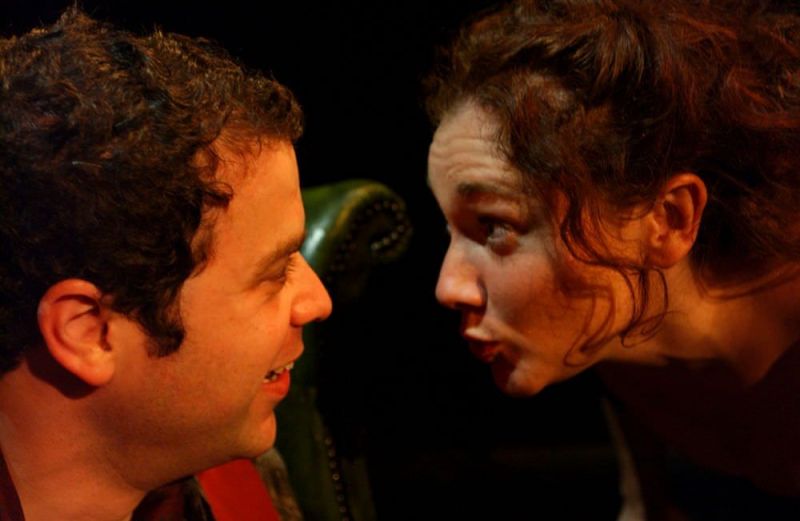
© Image courtesy of StagePhoto
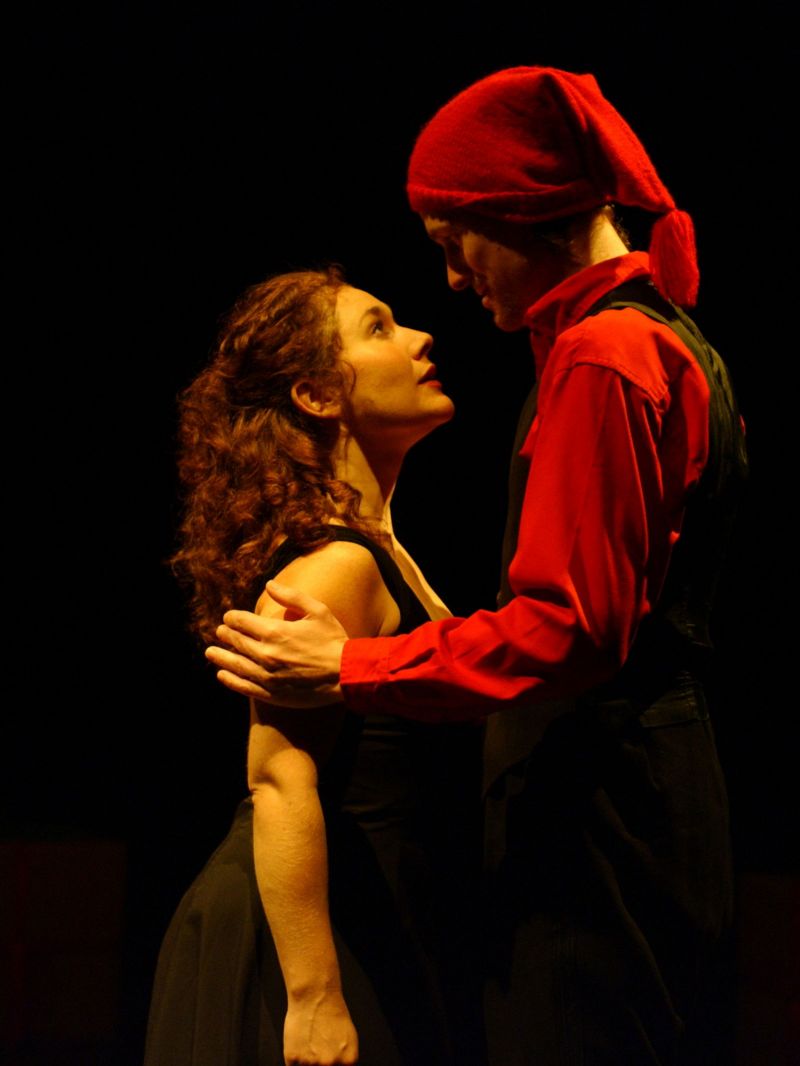
© Image courtesy of StagePhoto
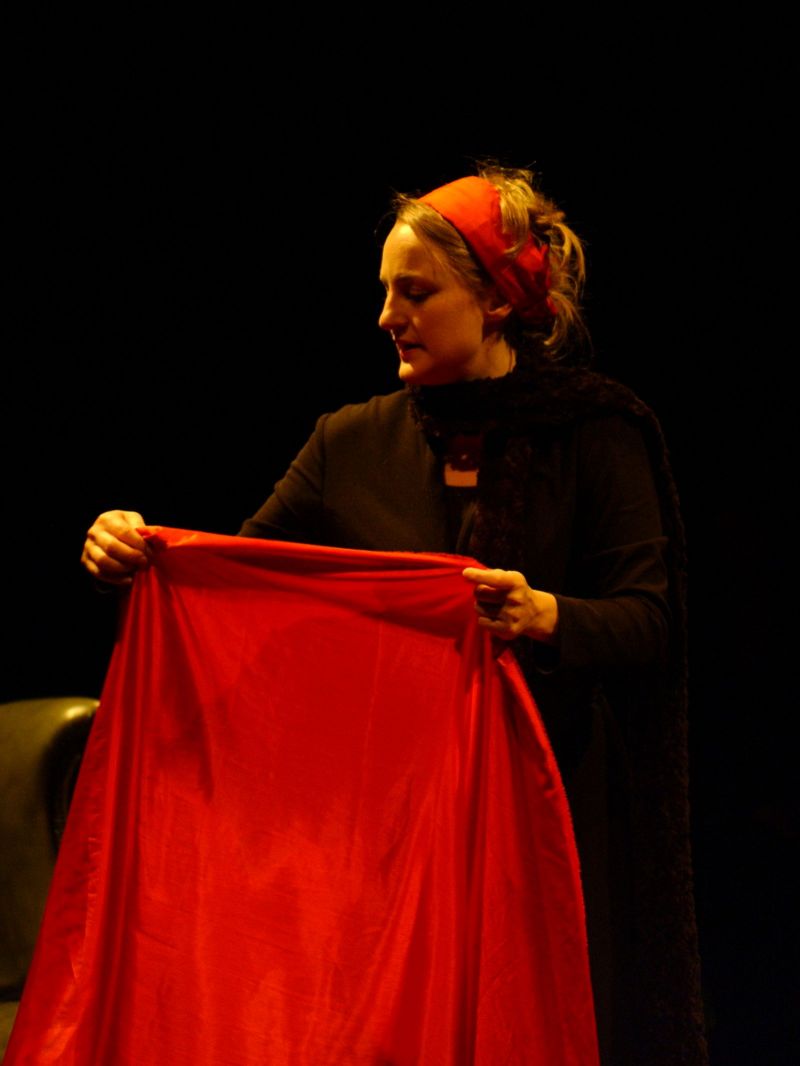
© Image courtesy of StagePhoto
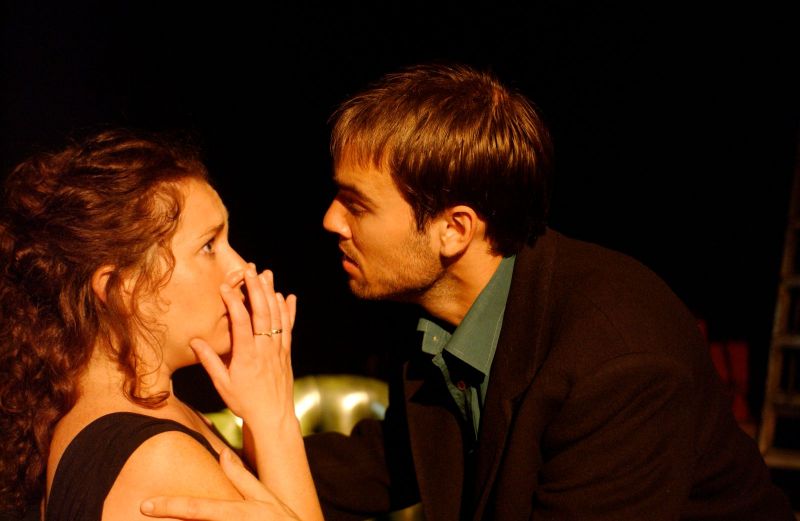
© Image courtesy of StagePhoto
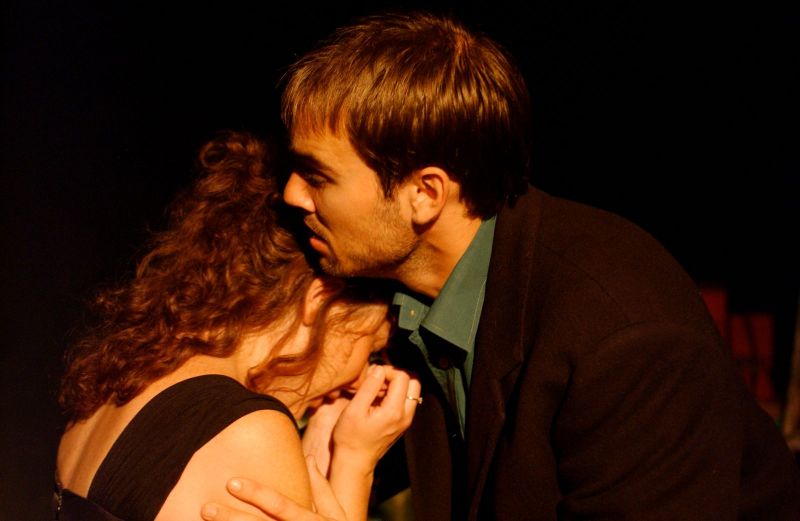
© Image courtesy of StagePhoto
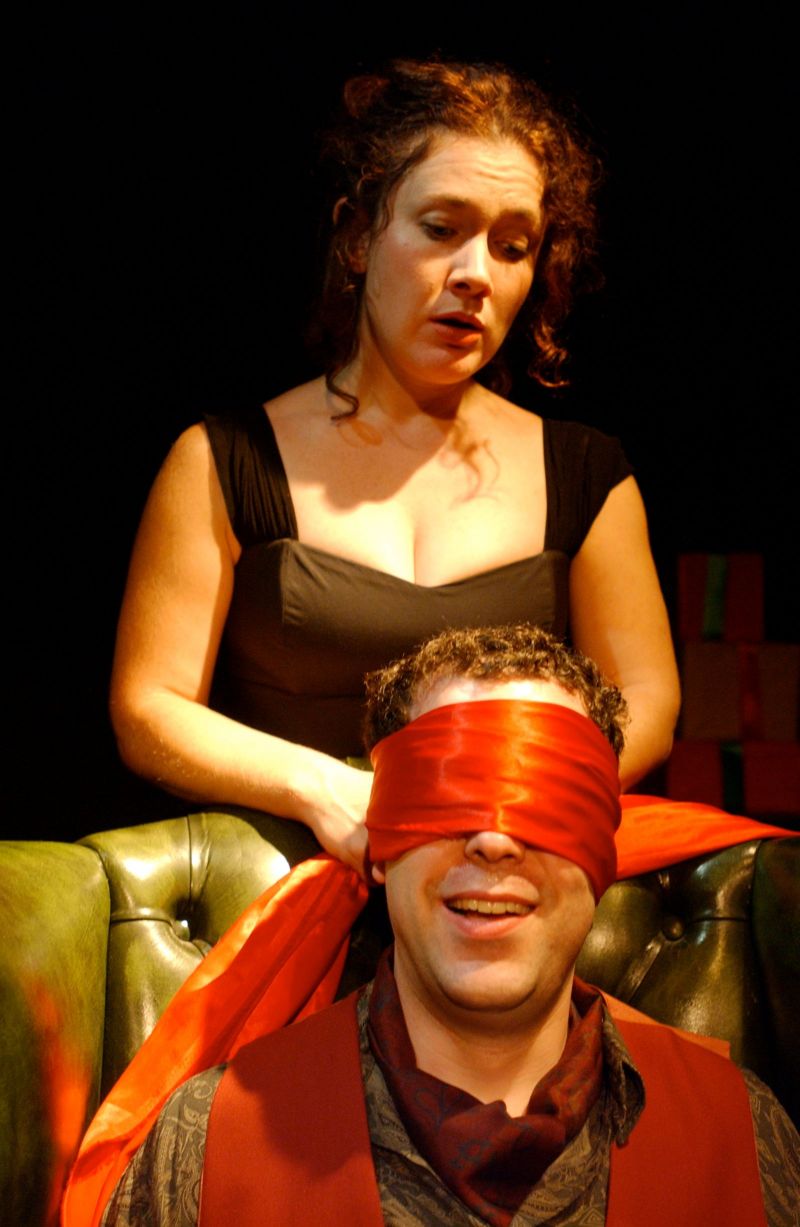
© Image courtesy of StagePhoto